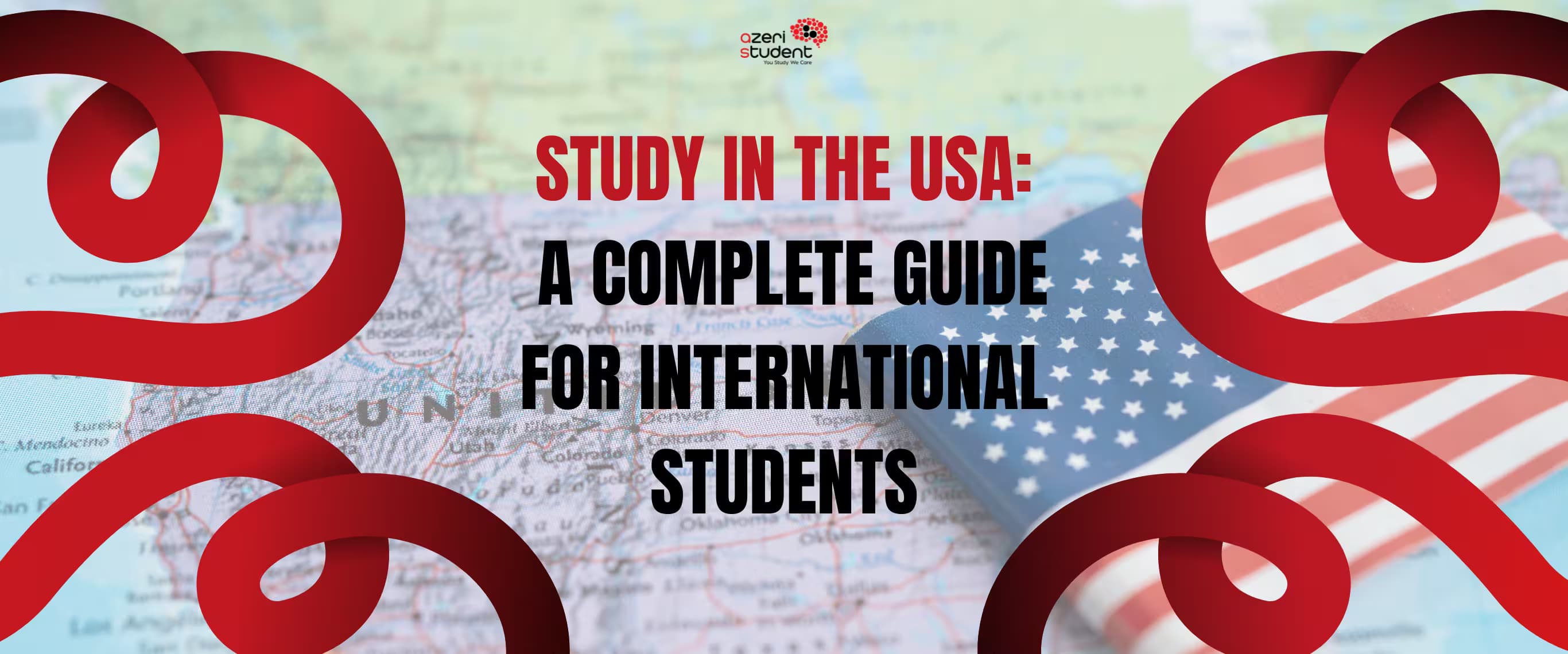Study in USA
8 min read
Study in the USA: A Complete Guide for International Students
28.05.2025

The United States remains one of the top destinations for students seeking a high-quality education. With world-renowned universities, diverse programs, and career-boosting opportunities, studying in the USA opens doors for students across the globe. In this guide, you'll learn everything you need to know about studying in the USA: the benefits, how to apply, scholarship options, and answers to common questions.
American universities are known for their innovation and research-driven education. Over 30 U.S. universities regularly appear in the top 100 of global rankings.
Graduates from U.S. institutions are highly sought-after. Students not only gain a solid academic foundation but also develop cultural awareness, communication skills, and leadership abilities.
Whether you're interested in engineering, business, law, medicine, or the arts, U.S. universities offer thousands of undergraduate, graduate, and PhD programs. Liberal arts education also encourages broad, interdisciplinary knowledge.
Consider factors like program rankings, location, tuition fees, and support for international students.
Most universities require TOEFL or IELTS scores. The required scores vary by institution.
Your GPA and, in some cases, standardized tests like the SAT, GRE, or GMAT will be considered.
There are many scholarships funded by the U.S. government, universities, and private organizations. Notable programs include Fulbright and the Hubert H. Humphrey Fellowship.
Some universities offer financial aid packages or low-interest loans to help cover costs.
To increase your chances, submit a compelling motivation letter, strong academic records, and recommendation letters. Apply as early as possible.
Make sure to select the university and program that aligns with your academic and career goals.
Most universities have an online application process. Make sure to fill out all required fields accurately.
Prepare and submit all necessary documents, such as academic transcripts, test scores, and personal information.
Once admitted, begin your student visa application process.
Your motivation letter should explain why you're applying and what makes you a good fit. Recommendations should come from teachers or employers who know your strengths.
Select schools that match your academic and career goals. Accreditation and faculty expertise are crucial.
Tailor your motivation letter to each program, apply early, and ensure your academic documents are strong.
Learn about U.S. campus culture, housing, and local customs in advance to ease your transition.
Tuition typically ranges from $15,000 to $50,000 per year. Living costs depend on the city.
Yes, F1 visa holders can work up to 20 hours per week on campus.
There’s no age limit, but starting earlier often gives you more time to build your career.
GPA, language scores, motivation letter, and recommendation letters carry the most weight.